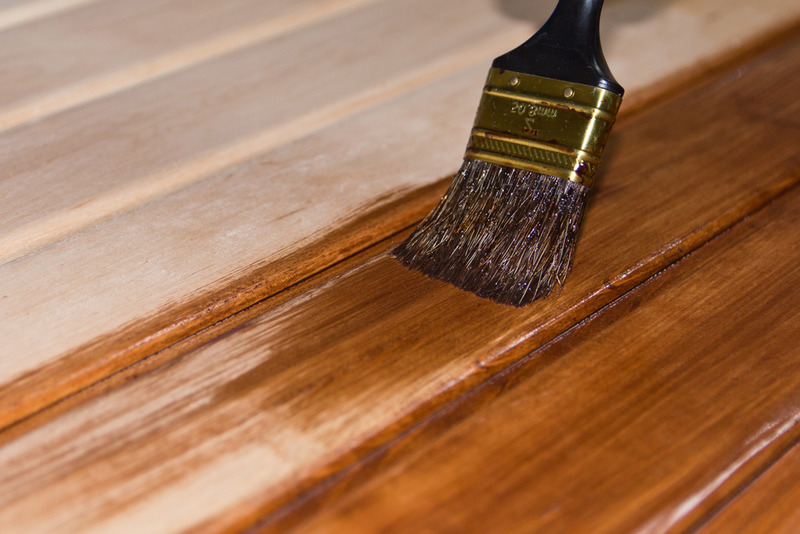Tar paper is a common moisture barrier materiel installed underneath a variety of floor materials such as hardwood flooring installed over concrete surfaces.
Tar content of hardwood.
In thermochemical biomass conversion processes especially gasification the tar content and composition is a major subject.
The tar will have stained your floors as well.
Removing tar from wood.
Into this hot sticky mass of tar the screeds are inserted and the tar allowed to harden around them.
Crude pyroligneous acid is the condensed volatile product of wood distillation.
The hot tar is then poured onto the concrete slab and spread out to approximately 1 4 inch thickness.
Again you will have to scrape and wipe up the now dissolved inky muck but it will speed up the process.
Because of the various processes examined at vut this work picks up the opportunity to compare the different tar amounts and its composition at different temperatures and process parameters.
Torrefaction of hardwood ash resulted in increasing the tar content.
Torrefaction of both woods impacted the gasification efficiencies negatively.
As for covering.
I recently pulled up the carpet in my home only to find the horror of a beautiful hardwood floor that was covered with tar.
Getting tar paper off hardwood flooring.
As the co2 content of your air will rise.
Buckets of black oil based mastic tar are brought to the jobsite and heated with a propane burner outside the home.
Torrefaction of softwood spruce resulted in decreasing the tar and benzene contents.
Torrefaction of both woods did not benefit on the total gasification performance.
Exotic hardwood 5 12 in tigris bamboo handscraped engineered hardwood flooring 25 61 sq ft allen roth 5 in natural acacia handscraped engineered hardwood flooring 32 29 sq ft bruce addison 2 25 in spice oak smooth traditional solid hardwood flooring 20 sq ft.
Some grease or tar based adhesives will dissolve or soften in the presence of soap.
When your house was built linoleum products sheet or tile were considered major advancements over hardwood.
Resinous wood tars differ from hardwood tar in containing the pleasant smelling mixture of terpenes known as turpentine.
If you recently had some work done on your roof tar may have dripped on to portions of your wooden deck or gotten tracked across your hardwood floors.
Hardwood tars are obtained from pyroligneous acid either as a deposit from the acid or as a residue from the distillation of the acid.

